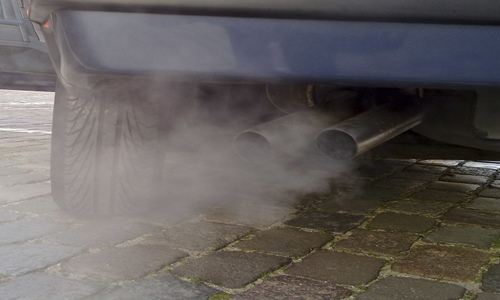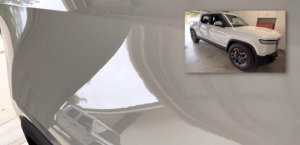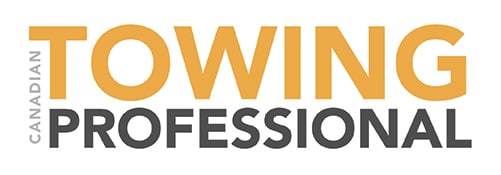By Barett Poley – February 27, 2017
Drivers and shop-operators alike will have to deal with a slew of new legislations coming this April, thanks to new legislation regarding drive-clean certifications on vehicles. The legislature will make some things easier and some things more difficult for consumers, as it hopes to fix problems with the previous rules, which have been virtually unchanged in the last few years.
Chief among the changes, and perhaps of most importance to drivers and vehicle operators, is the fact that the occasionally required e-test will no longer cost anything for the first time. If the vehicle requires extra diagnostics or fails the first e-test, then the costs won’t be covered, but if it passes the first time, the owner of the vehicle won’t have to pay anything. This is part of the government’s push for an overall higher average aged vehicle fleet. Newer vehicles are usually better on gas and better on the environment, and with the exception of classics and vintage collector cars, the federal and provincial government’s would much rather newer cars on the road as opposed to older ones.
This comes after programs and incentives like “Retire Your Ride” which over 300$ cash or free transit passes in exchange for the retirement of vehicles older than 1995, in an attempt to heighten the average vehicle age on the road for purposes of environmental protection.
The legislation to be introduced on the first of April will also include changes regarding the conditional pass rules that are in place now. In short, now, if your car requires less than 450$ in order to pass it’s E-test, it receives what is called a “conditional pass”, meaning it still is legally drivable, under the condition that you get the repairs done. No such rule will exist after the updated legislation, meaning that vehicles will have to have all work done to them before e-testing, no matter how minor. This could certainly drive business for all-in-one shops, but it will also make it more difficult for consumers to get away with driving cheaper or older automobiles, which may be easier and cheaper depending on their economic situation.
Another large change that comes alongside this updating of the rules is that used sold vehicles will no longer have to be E-tested by their original owners prior to sale. This makes it even more difficult for people to buy second-hand or used vehicles, as in the event a vehicle is not able to pass e-test, it will fall in the hands of the new owners rather than the original owners to fix it.



























